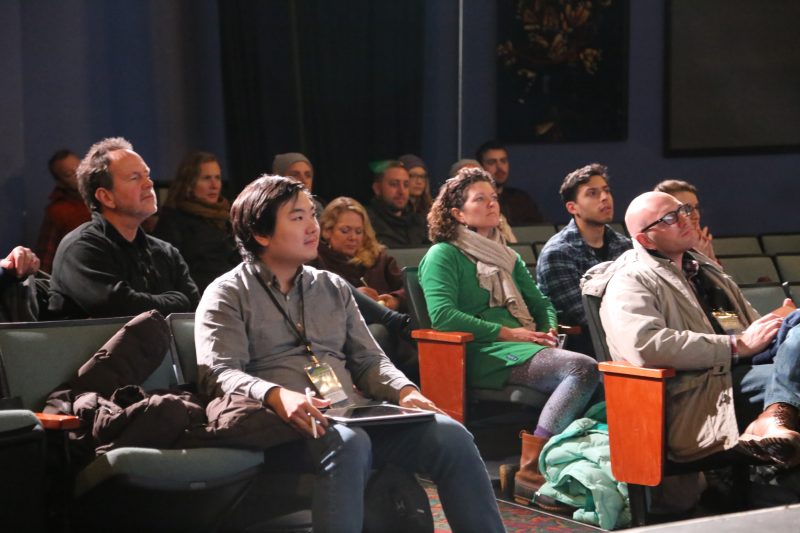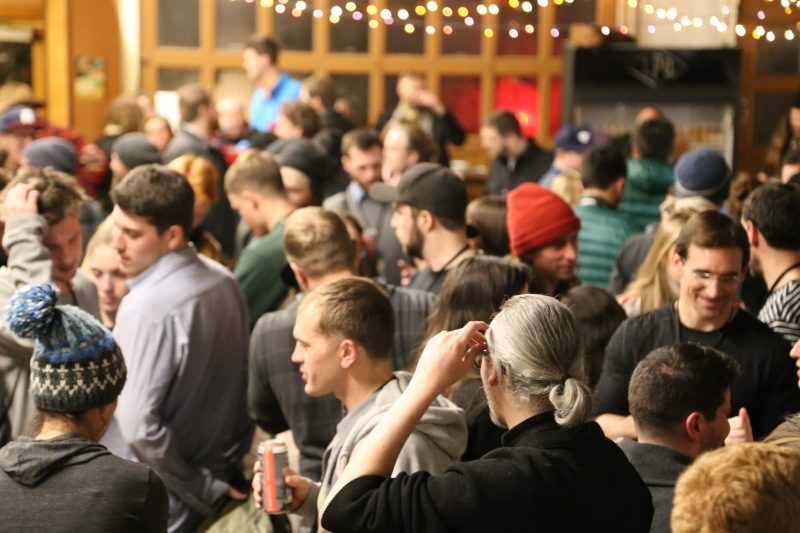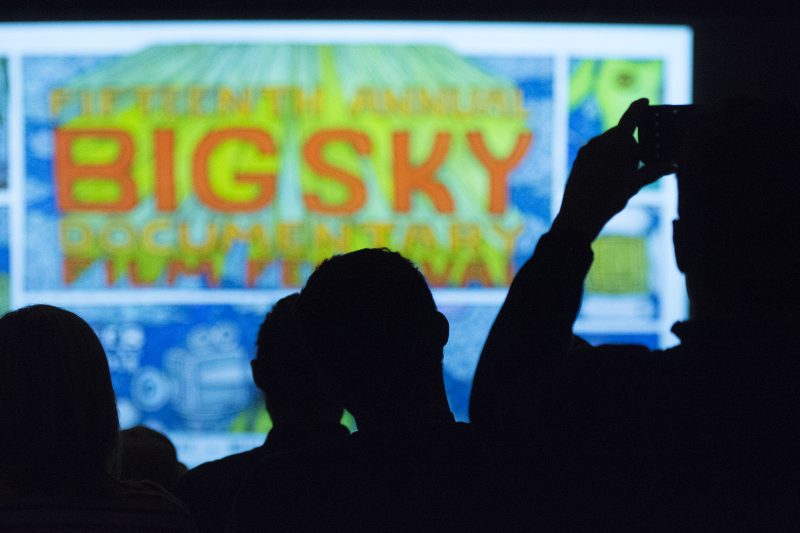
The 16th annual Big Sky Documentary Film Festival (BSDFF) welcomes an audience of 20,000 and hundreds of filmmakers, media artists and film industry professionals to Missoula Feb. 15-24. Venues include The Wilma, Elks Lodge and MCT Center for the Performing Arts.
The largest documentary film festival in the American West presents 66 features and 102 short documentaries, including 47 world premieres, 14 North American premieres and 10 U.S. premieres. Films for the 10-day festival were selected from a record 2,000 submissions from 78 nations.
“We couldn’t be more excited about this year’s festival, the filmmakers attending, and films screening,” said Executive Director Rachel Gregg. “MovieMaker Magazine has recognized BSDFF as one of the ‘50 Best Film Festivals Worth the Entry Fee’ for three of the last four years, a testament to the high-quality experience filmmakers enjoy through engaged audiences, the welcoming city of Missoula and professional industry opportunities.”
Tickets, official selections and the complete festival screening schedule are available online. For more information on the festival, tickets and passes, the Big Sky Film Institute and 2019 programs visit http://www.bigskyfilmfest.org.
Big Sky DocShop
BSDFF also hosts the Big Sky DocShop, a five-day filmmaker’s forum that includes panels, workshops, and the Big Sky Pitch event for works in progress. The Tribeca Film Institute IF/Then Shorts Pitch offers up to $25,000 in production funding to the winning project.
This year’s Big Sky DocShop will focus on “Documentary Filmmaking in the Age of Information,” exploring the challenges of contemporary storytelling careers, platforms for reaching audiences amidst fierce competition, the prolific world of online streaming and the ever-merging fields of documentary film and journalism.
This year marks the second annual Big Sky Native Filmmaker Initiative, funded in part by the Academy of Motion Picture Arts and Sciences, which includes a series of films directed or produced by Native American filmmakers and a fellowship program that will invite seven Native filmmakers to BSDFF.
“BSDFF organizes youth education outreach and artist development opportunities, engaging nearly 5,000 middle and high school-aged students across Montana through screening and discussion activities year-round,” said Gregg.
BSDFF Featured Filmmakers
The 2019 BSDFF retrospective program will feature experimental filmmaker Travis Wilkerson, whose films are made in the tradition of the “third cinema,” wedding politics to form in an indivisible manner. In 2015, Sight & Sound called Wilkerson, “the political conscience of American cinema.” The New York Times called his most recent film, “Did You Wonder Who Fired the Gun?” It’s described as “an urgent, often corrosive look at America’s past and present through the prism of family, patriarchy, white supremacy and black resistance.” Wilkerson’s film “An Injury to One,” which won the Big Sky Award at the inaugural BSDFF in 2004, profiles early 20th century Butte, and the mysterious death of labor organizer Frank Little. The filmmaker has taught filmmaking at the University of Colorado, CalArts, Pomona College and Vassar and is also the founding editor of Now: A Journal of Urgent Praxis.
Emmy and Peabody Award-winning writers, directors and editors Jeff and Michael Zimbalist will also be spotlighted in a retrospective program. In 2005, Jeff’s film “Favela Rising”, a look inside the slums of Rio, won the Best Feature competition at Big Sky, was shortlisted for the Academy Award for Best Documentary, and among the 36 awards it won are the IDA’s Film of the Year and Best Director at the Tribeca Film Festival.
In 2018, the brothers released several feature documentaries including “Nossa Chape,” the critically acclaimed story about the rebuilding of the Chapecoense soccer club after a tragic airplane crash killed most of the team; and “Give Us This Day,” which follows three police officers and three residents in East St. Louis, the city with the highest homicide rate in the country.


